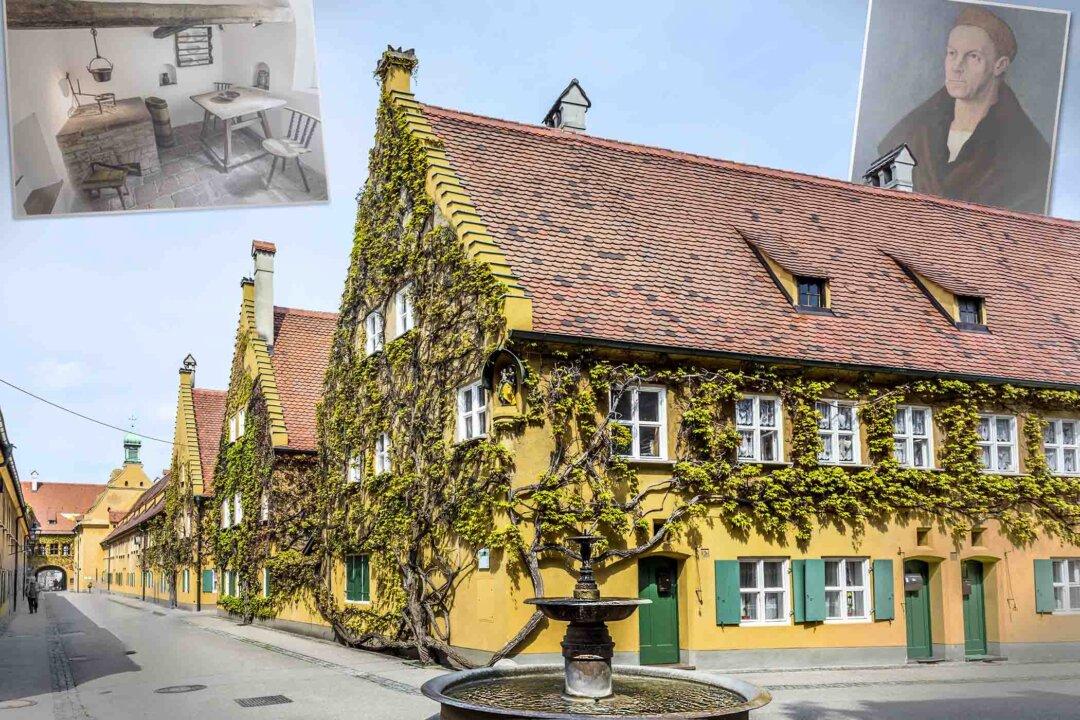It looks like a small Medieval town within a town.
A walled community in the heart of Augsburg, Germany, the Fuggerei has stood for 500 years—offering not only shelter for the poor but haven from inflation and stinging rent hikes.

It looks like a small Medieval town within a town.
A walled community in the heart of Augsburg, Germany, the Fuggerei has stood for 500 years—offering not only shelter for the poor but haven from inflation and stinging rent hikes.